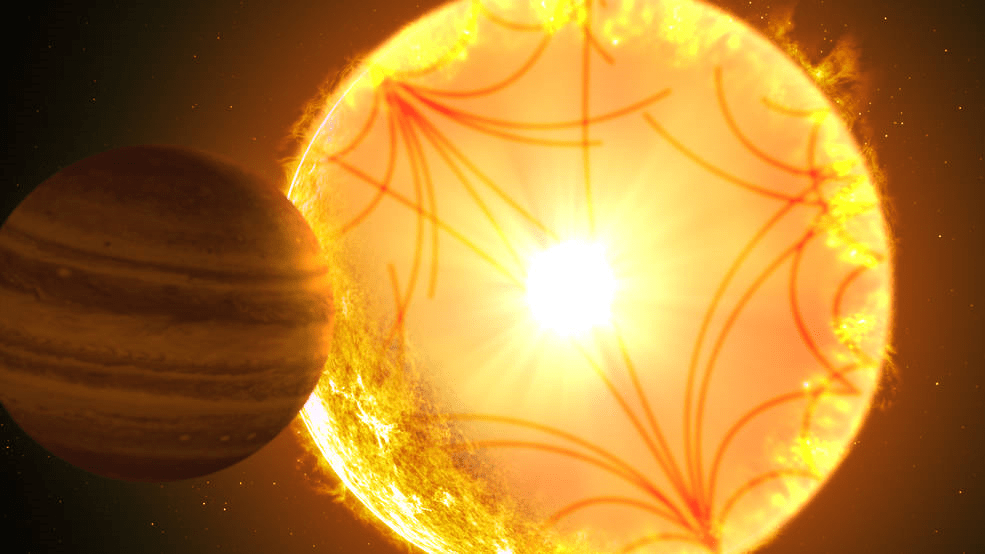Universe Today has explored the importance of studying impact craters and planetary surfaces and what these scientific disciplines can teach us about finding life beyond Earth. We learned that impact craters are caused by massive rocks that can either create or destroy life, and planetary surfaces can help us better understand the geologic processes on other worlds, including the conditions necessary for life. Here, we will venture far beyond the confines of our solar system to the many stars that populate our Milky Way Galaxy and the worlds they orbit them, also known as exoplanets. We will discuss why astronomers study exoplanets, challenges of studying exoplanets, what exoplanets can teach us about finding life beyond Earth, and how upcoming students can pursue studying exoplanets, as well. So, why is it so important to study exoplanets?
Continue reading “Exoplanets: Why study them? What are the challenges? What can they teach us about finding life beyond Earth?”It Took 10 Years to Confirm the First Planet Ever Found by Kepler

Even though astronomy people are fond of touting the number of exoplanets found by the Kepler spacecraft, those planets aren’t actually confirmed. They’re more correctly called candidate exoplanets, because the signals that show something’s out there, orbiting a distant star, can be caused by something other than exoplanets. It can actually take a long time to confirm their existence.
Continue reading “It Took 10 Years to Confirm the First Planet Ever Found by Kepler”
